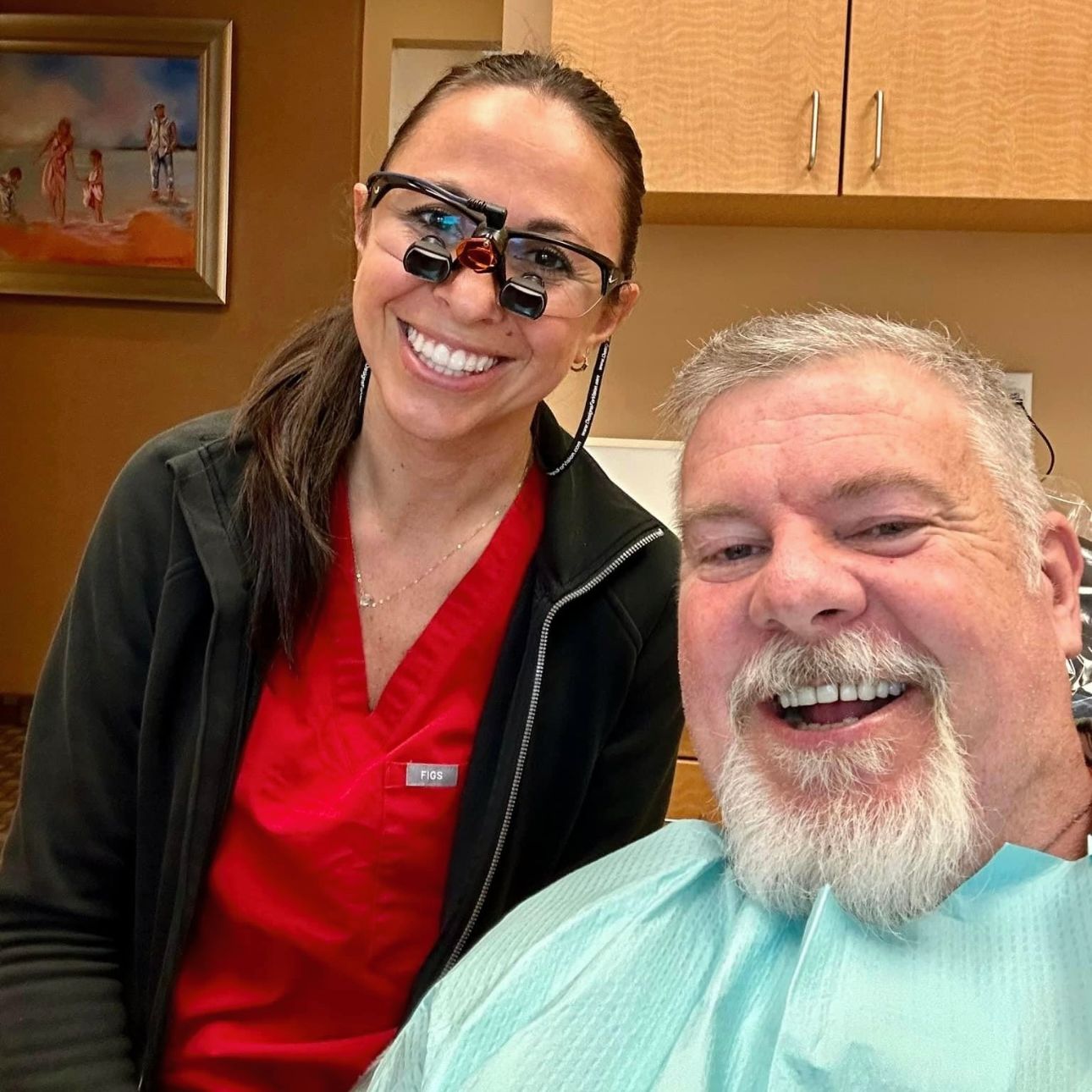About Gum/Periodontal Disease
Periodontics is the dental specialty of preventing, diagnosing and treating conditions affecting the gums and bone that surround each tooth. Gum tissue surrounds and supports teeth. Bone anchors teeth firmly in place. Damage to gums or bone from untreated periodontal disease can result in tooth loss.
Periodontists have completed three or more years of extra dental training and are the experts in maintaining the function, health and appearance of the gums, bone and teeth. Many are surprised to know that periodontists can regrow gums and regrow bone. Periodontists also place dental implants (artificial tooth roots.) .
Only a periodontist like Dr. Aldredge can perform a comprehensive periodontal exam to assess the health of your gums, bone and stability of your teeth.

Periodontal Disease Kills Teeth
Periodontal disease (gum disease) is the number one cause of tooth loss and must be taken very seriously.
Periodontal disease is a progressive condition that begins with mild gum inflammation and can advance over several years through increasingly destructive stages. Left untreated, it results in tooth loss. 50% of adults in the United States have periodontal disease and don’t even know it.
Periodontal disease develops when harmful plaque bacteria infect the gums surrounding the tooth. Affected gums detach (recede) from the teeth, creating a gap called a periodontal pocket. Without corrective treatment, the bacteria will destroy the gums and bone holding the tooth in place. With no supportive structure, the tooth will become loose and fall out.
Stages of and Treatment for Gum/Periodontal Disease
Stages of Periodontal Disease

Treatment Options for Periodontal Disease
Even the most mild periodontal disease should be treated promptly to ensure the best outcome. Removing oral plaque and calculus buildup is essential to halt progression of the disease. In many instances, if you have periodontal disease you will see symptoms such as red, swollen, painful or bleeding gums. Or you might have no visible symptoms, and the disease will not be noticeable to anyone but the periodontist.
50% of adults in the U.S. have periodontal disease, and millions have no idea.
When Dr. Aldredge performs your comprehensive periodontal exam, he will detect and diagnose any sign of trouble with your gum or bone tissue, and explain the best treatment options to restore your gum health and tooth function.
Scaling and Root Planing
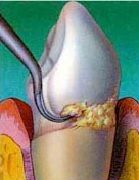
A registered dental hygienist uses traditional tools to remove or “scale” plaque and calculus deposits from the tooth surface below the gumline. These deposits on the teeth create bacteria and irritate the gums.

The hygienist may also smooth (plane) the surface of the tooth’s root. Planing creates a better environment for gum tissue to reattach to the tooth.
LANAP Laser-Assisted New Attachment Procedure
Dr. Aldredge is certified in the advanced LANAP laser treatment for treating periodontal disease with no scalpel and no sutures. He uses a laser to clear debris from the periodontal pocket and precisely remove damaged gum tissue. The procedure stops damage to the gums and bone, and allows healthy gum tissue to regrow and support the tooth.
Treatment for Other Periodontal Conditions
Gum recession – Gum recession is a condition where gums pull away or recede from the tooth, often exposing the roots. This can lead to tooth sensitivity, cavities, and loss of supporting bone. Gum recession may be caused by periodontal disease, brushing too forcefully with a hard bristle toothbrush, trauma, or a tooth that is not properly positioned.
In addition to gum and tooth health, receding gums also impact the aesthetics of your smile by making tooth roots visible or by simply showing more tooth surface than you would like. (“Toothy” smile)
Periodontal treatment is required to prevent further recession in the affected area and neighboring teeth.
Gum graft surgery – Traditional treatment of gum recession involves gum graft surgery. Dr. Aldredge takes gum tissue from another site in your mouth, usually the palate, or from another donor source, and uses it to cover the exposed tooth root. The gum graft is sutured in place and integrates with the existing gum as it heals, successfully covering the desired area of the tooth.
Pinhole Technique – Increasingly, patients are opting for our new, non-invasive Pinhole Gum Rejuvenation procedure to quickly correct gum recession. Dr. Aldredge is certified to use the Pinhole method, which does not use a scalpel or sutures. Read more about the Pinhole technique, or call Dr. Aldredge to discuss this game-changing procedure.
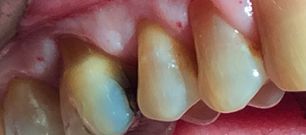
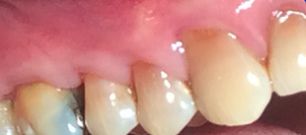
"Gummy" smile
“Gummy” smile – A patient may have beautiful teeth, but feel that too much gum tissue negatively impacts their smile. Dr. Aldredge can perform a crown lengthening, removing excess soft tissue surrounding the top of the tooth to expose more tooth surface. Gum reshaping or recontouring can correct an uneven gumline.
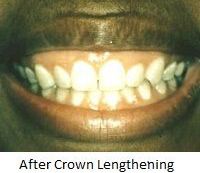

Insufficient bone mass – Periodontal disease, along with injury or a congenital condition, can cause bone loss in the jaw. As In such cases, surgery to replace and regrow that bone tissue is imperative to periodontal health.
With ridge augmentation surgery, Dr. Aldredge places a bone tissue graft in the area with low bone density to restore proper mass and provide a solid base for dental implants.
Sinus lift surgery is a similar procedure, specifically for increasing bone density in the upper back jaw under the sinuses, where there can be insufficient bone for supporting implants. Dr. Aldredge performs surgery to raise the sinus floor up, crating space for a bone graft and new bone growth.
Placing dental implants where teeth are missing helps preserve existing bone and encourage new bone growth. Maintaining that bone structure also maintains the natural shape of your jaw and face. Learn more about dental implants.
Dr. Aldredge is dedicated to saving teeth from periodontal disease. He constantly researches and reviews the newest periodontal treatment techniques that will provide excellent results while keeping patient comfort in mind.



